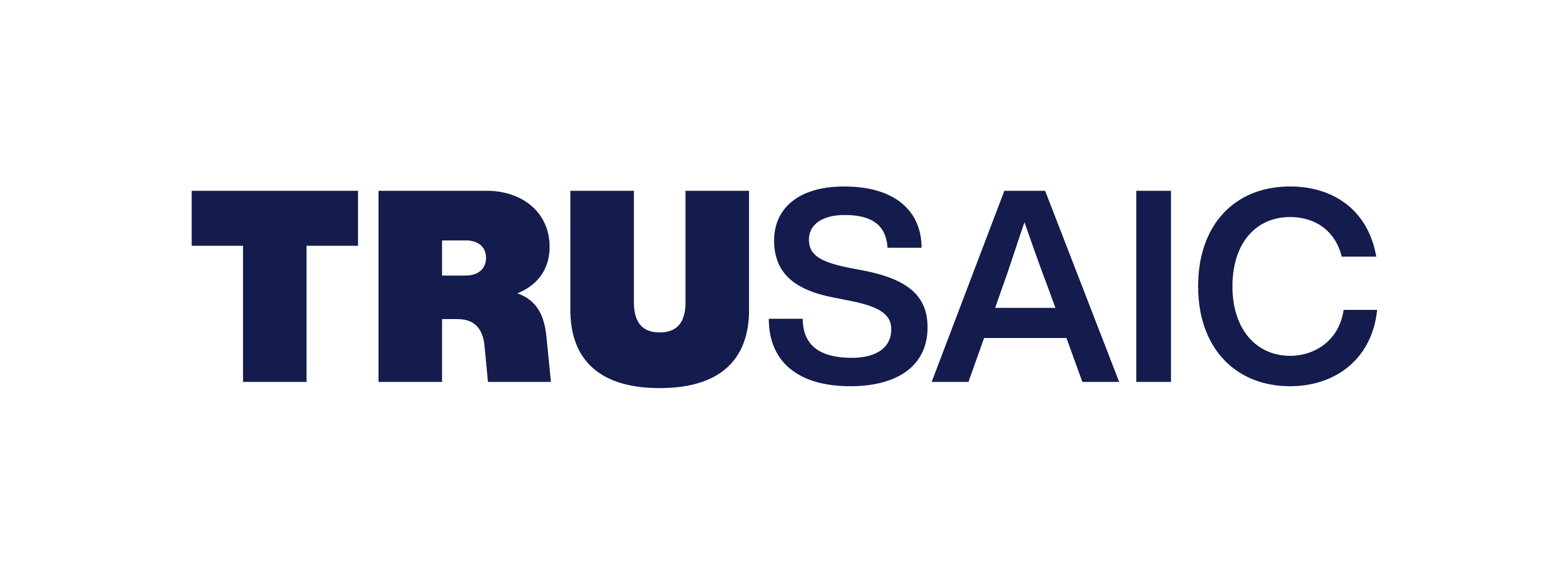Salary range transparency guide
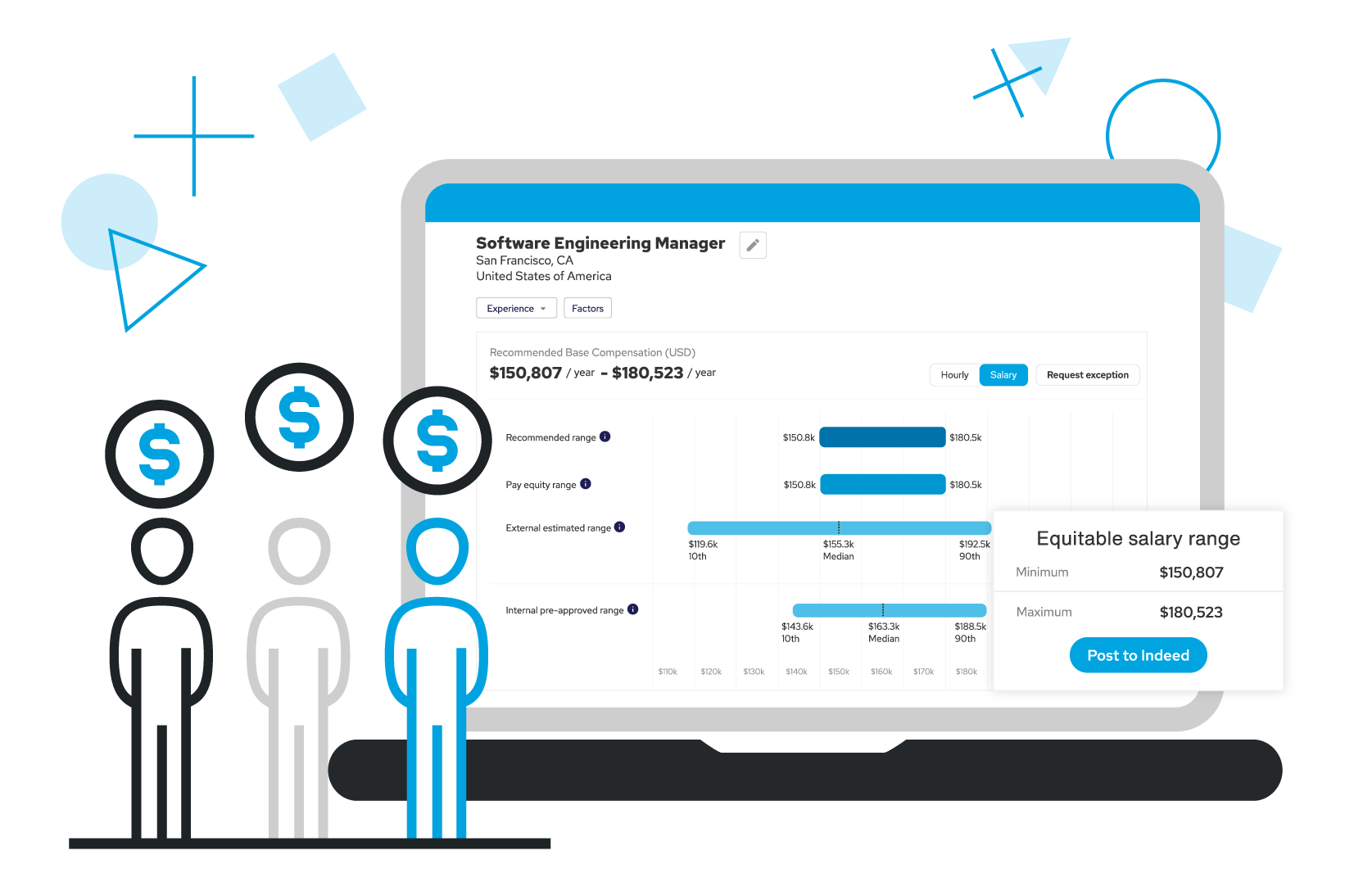
Salary range transparency guide
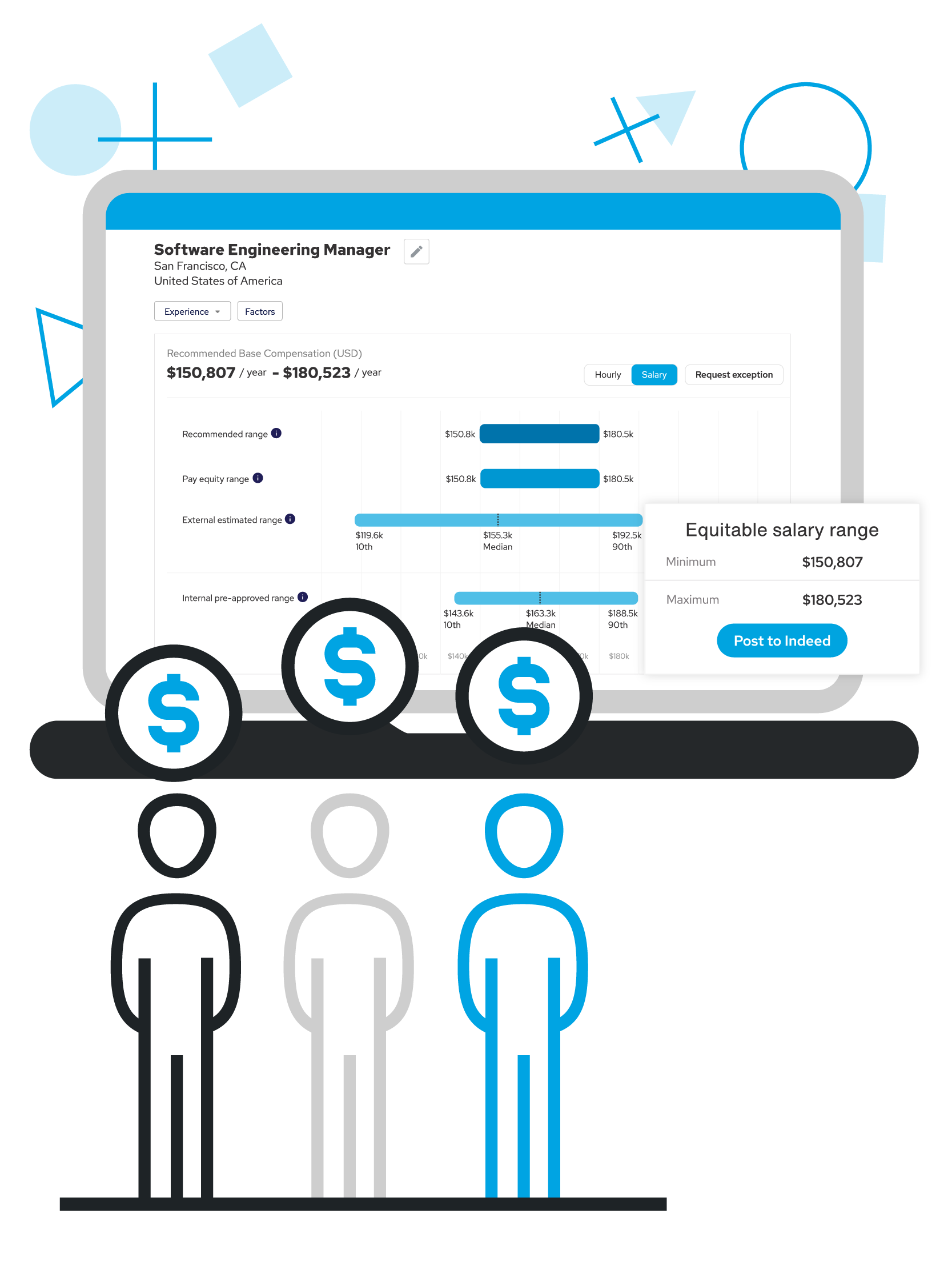
A comprehensive guide
The workforce is undergoing a significant shift due to new legislation mandating pay transparency. Many states across the US are requiring employers to disclose salary ranges in job postings, increasing the likelihood of employees receiving equal pay for equal work. This legislation encourages employers to be more transparent with prospective and current employees, creating a fairer and more equitable work environment.
Salary range transparency, fair rewards, and recognition, and the use of specialized pay equity software can benefit companies in numerous ways. These practices can lead to improved financial and customer service outcomes, outstanding people outcomes, and greater innovation and adaptability.
Research shows that job postings that include pay information in the title have a cost-per-click advantage of up to 35%. According to Josh Bersin, companies that use specialized technology for pay equity analysis, such as PayParity®, are 3.2 times more likely to engage and retain their employees and 7 times more likely to attract the right talent. Additionally, companies that prioritize fair and equitable rewards and recognition are five times more likely to achieve exceptional financial and customer results and outstanding people outcomes. These statistics highlight the significance of pay transparency and equity practices and the benefits they can bring to companies that prioritize them.
Our Salary Range Transparency guide can help employers stay compliant within cities and states that have already enacted pay transparency laws. Even if your company doesn't operate in these areas, there's still much to gain from preparing for pay transparency. With more laws likely to emerge, now is the time to establish your company as an equitable one and lead the way in fair pay.
Learn more about
salary range transparency
Current pay transparency legislation
California was the first state to enact its initial pay transparency legislation back in 2018. Since then, several other cities and states have passed their own pay transparency laws. Each has its own nuances and requirements. See the chart below to understand the growing pay transparency trend taking place across the country.
U.S. location
Scope and minor differences aside, each jurisdiction shows one thing: advancements towards pay equity are happening now. Ground has officially been broken in many other states as well and it's almost certain more states and leading organizations will follow.
Preparing for future pay transparency changes
Instead of waiting for the inevitable to happen, many employers outside the mandated jurisdictions have taken action. Moreover, for employers with multi-state operational employers, the patchwork of pay transparency laws must be addressed. This means more and more employers are incorporating pay transparency for current and prospective employees into their hiring process. This can help establish employers as forward-thinking and be attractive to prospective employees especially in the current competitive labor market.
Changing how you address pay discussions and disclosures may give your organization an edge. Instead of waiting until the last minute when a particular pay transparency law applies to your organization, why not set your organization apart ahead of time?
Considering all factors
Compliance can be tricky. If your organization is not physically located in one of the previously mentioned locations, it doesn't necessarily mean transparency laws don't affect you. With more remote positions available, and for organizations with multi-state operations, organizations are increasingly employing people from across the nation. This means that the location where your employees live determines whether your organization is bound to comply with pay transparency requirements. This is why evaluating pay range for all current positions as well as addressing any discrepancies is crucial.
Utilizing PayParity® to ensure compliance
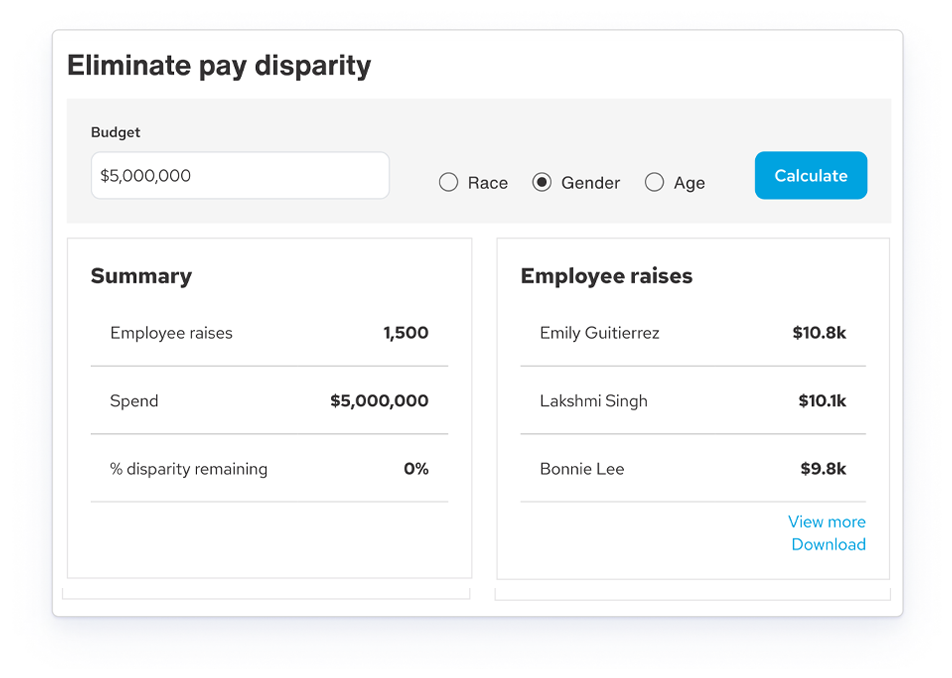
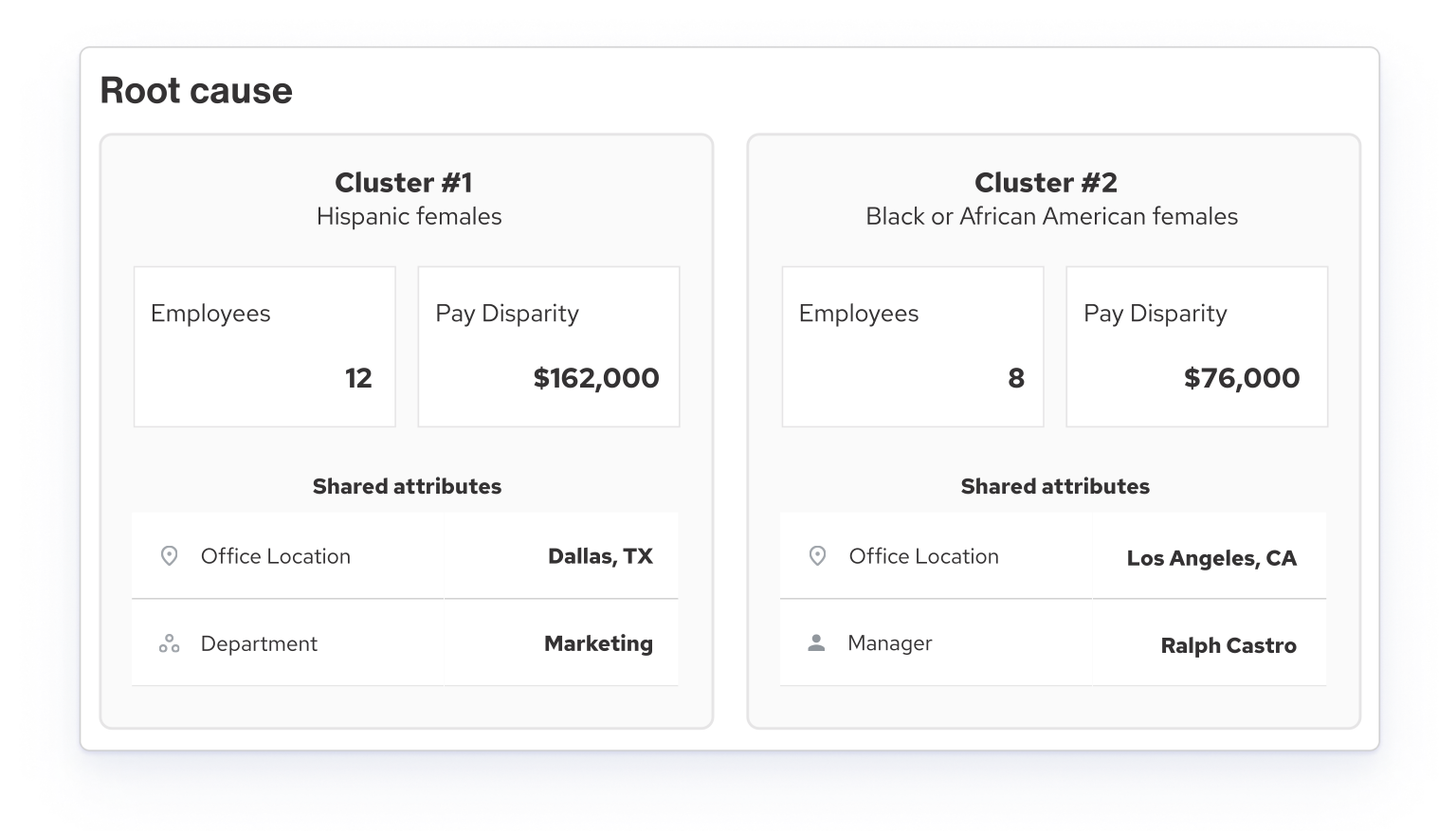
Achieving compliance is easy with the right software. A pay equity audit can help your business identify any pay disparities that may be present in certain departments or specific job positions.
Pay equity software can help your organization comply with pay transparency laws. PayParity provides pay equity auditing and ongoing monitoring to identify pay disparities that may be present in the following demographics
- Gender
- Race/ethnicity
- Age
- Disability
A pay equity audit can also prevent pay inequities from occurring in the future, which lessens legal risk. Pay transparency is beneficial not just to employees, but also to employers. It helps streamline the hiring process, makes positions more appealing, and decreases the odds of declined job offers. It's also appealing to prospective employees, investors, as well as stakeholders.
What's more is that PayParity includes the Salary Range Finder® -- the perfect tool for helping companies confidently share pay ranges in job postings, as required by several states and cities across the U.S.The Salary Range Finder retrieves internal PayParity pay equity audit data and overlays it against built-in external labor market data provided by industry-leader LightcastTM. The software solution then generates an equitable salary range for a desired job and the relevant geographical location.
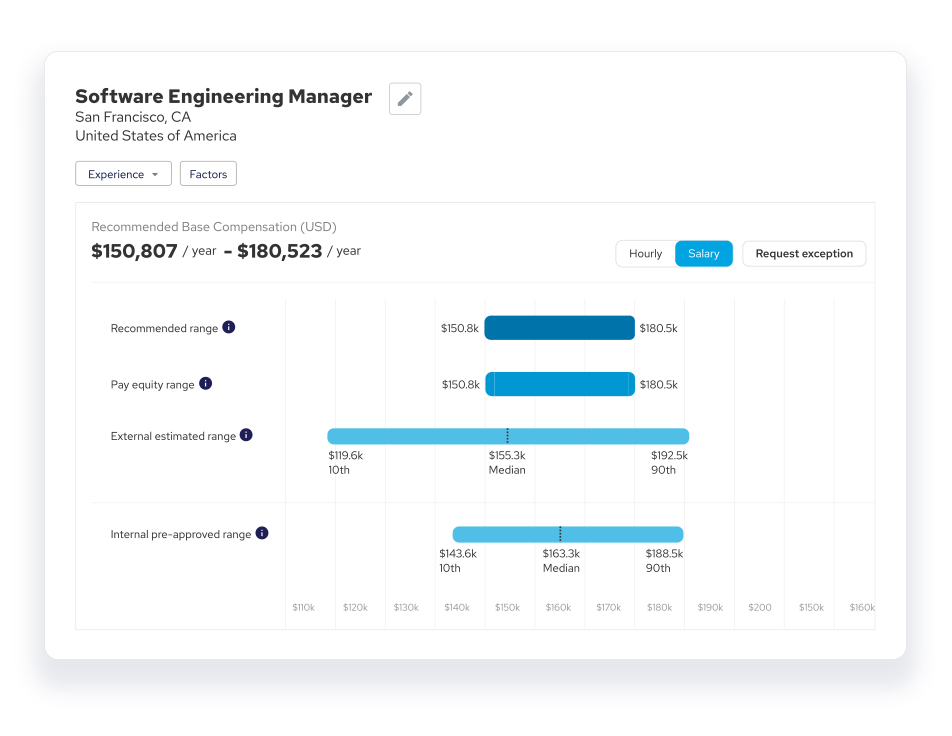
Salary Range Finder is the perfect platform for helping Total Rewards, Compensation, HR, and Recruiting professionals ensure their job pay bands are fair and competitive, before publicly sharing them. The tool also helps to address the unintended consequence of wage compression.
To learn more about how PayParity and the Salary Range Finder can help you comply with pay transparency laws, schedule a meeting below.
Pay Transparency is a rapidly evolving area. This guide is meant to give a general overview of each state's pay transparency laws. While we make efforts to keep the guide up to date, it may not include all the latest developments.
